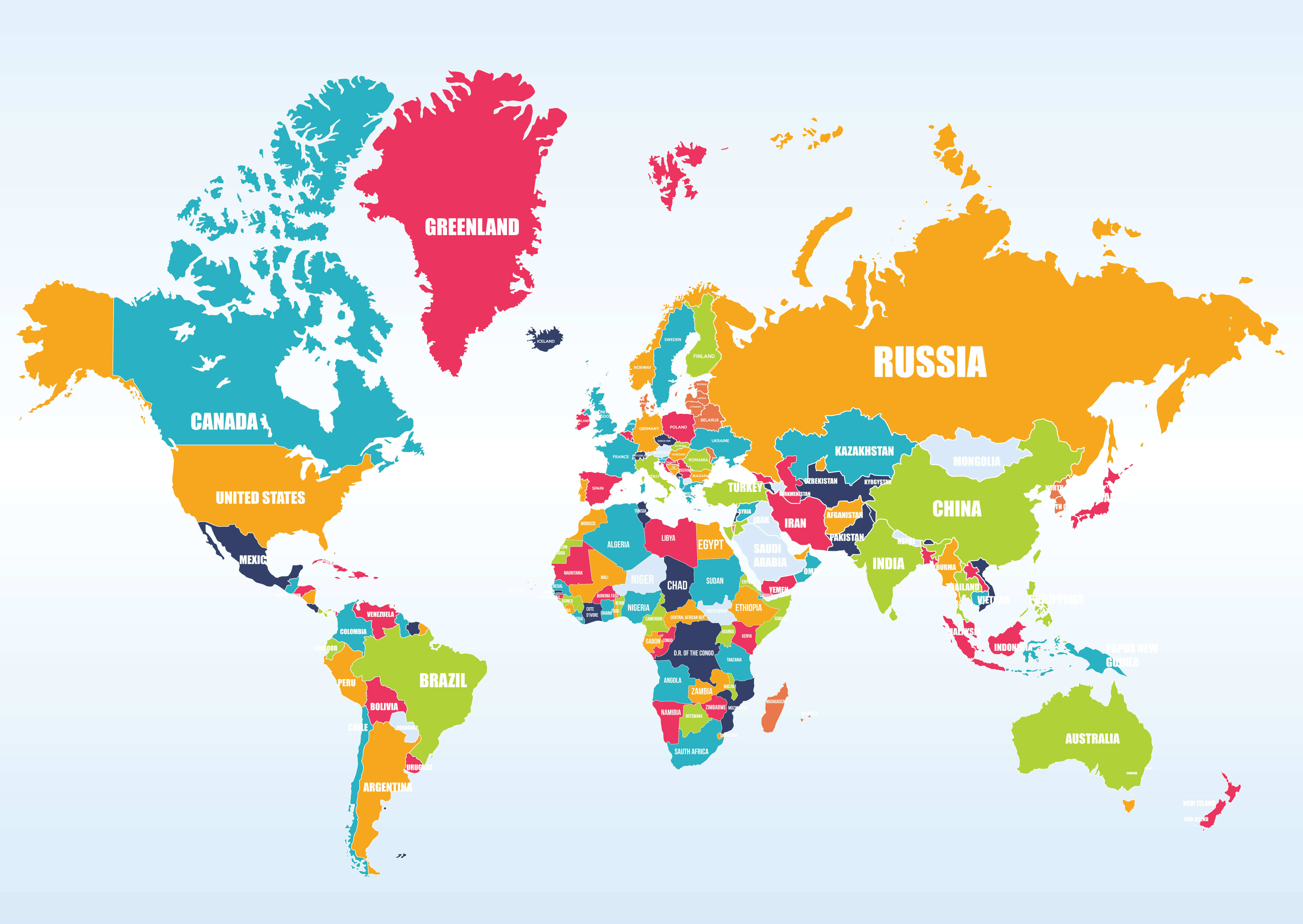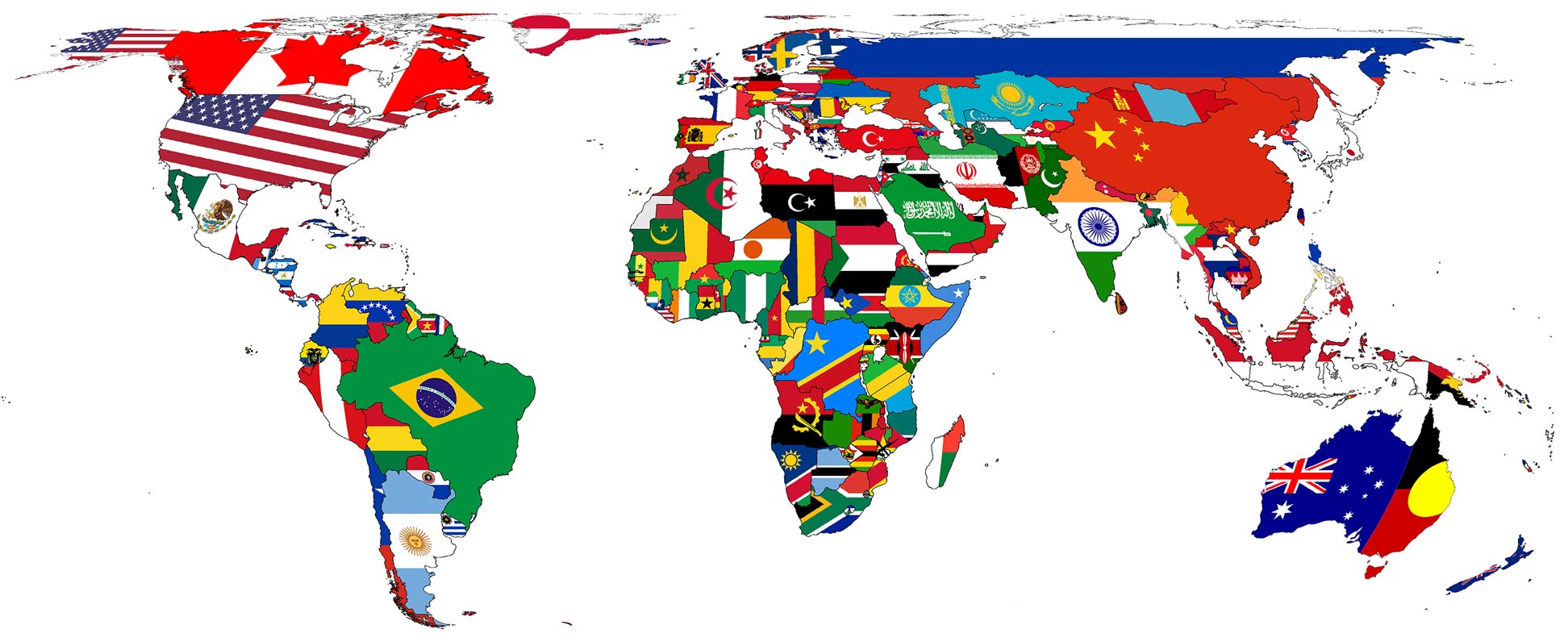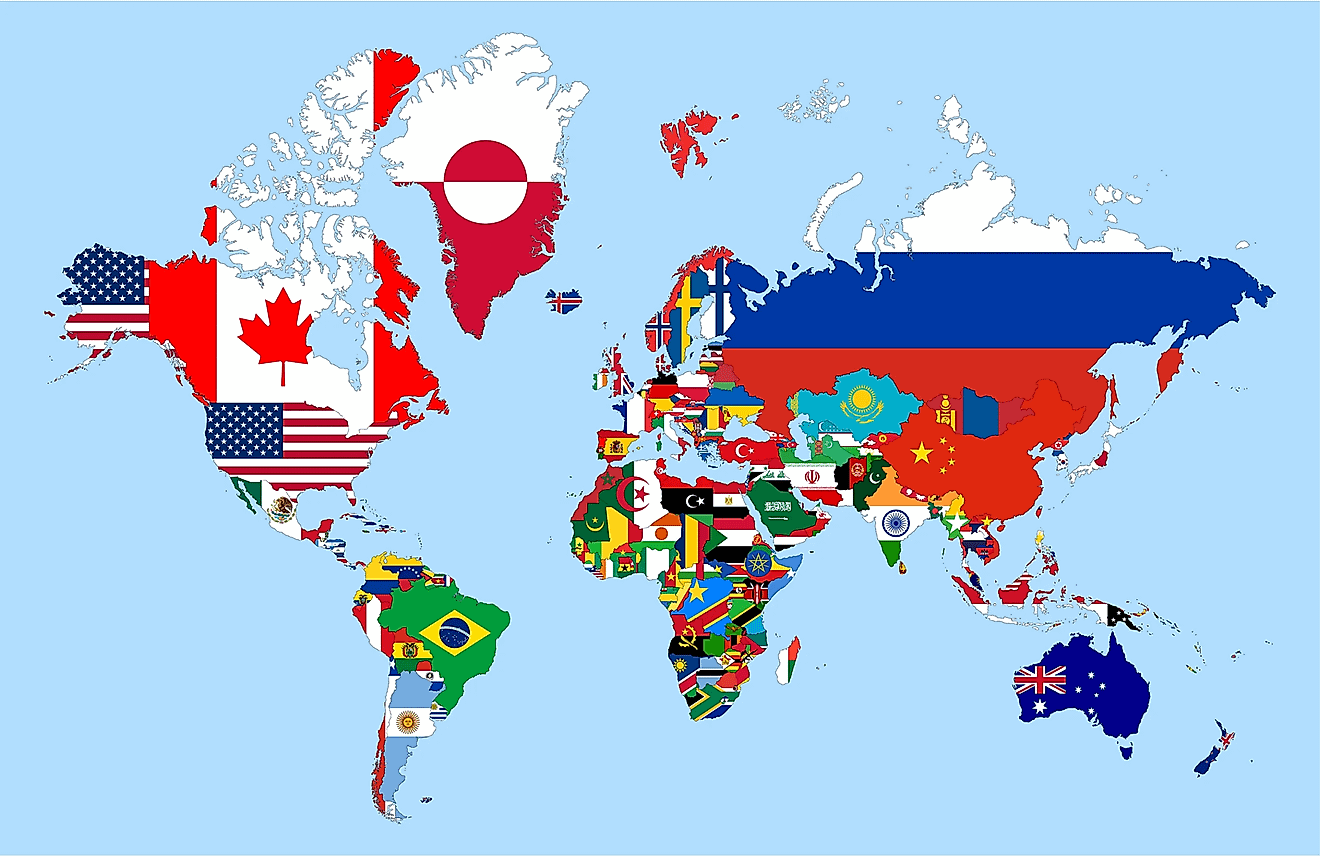Beyond The Fabric: Exploring Cultural Views Of Country Men Naked
The human form, in its natural state, has been a subject of fascination, reverence, and sometimes, controversy across diverse cultures and historical periods. When we speak of "country men naked," we delve into a rich tapestry of societal norms, traditional practices, artistic expressions, and philosophical movements that shape how nudity is perceived and integrated within specific geographical and cultural landscapes. This exploration goes far beyond mere exhibition, touching upon deeply ingrained beliefs about modesty, freedom, and connection to nature.
Understanding the context of "country men naked" requires a nuanced perspective, acknowledging that the term "country" itself can denote a political nation, a geographical region, or even a rural setting, as highlighted in various linguistic and corporate contexts where "countries & regions" are often used to delineate global presence. This article aims to shed light on the multifaceted aspects of male nudity, examining it through lenses of history, anthropology, naturalism, and contemporary societal discourse, ensuring a respectful and informative discussion grounded in expertise, authority, and trustworthiness.
Table of Contents
- Understanding the Concept of Nudity Across Cultures
- The Philosophy and Practice of Naturism
- Indigenous Societies and Traditional Practices
- Art, Representation, and the Male Form
- Legal and Societal Frameworks
- Challenging Stereotypes and Promoting Understanding
- The Evolving Dialogue on Body Image and Acceptance
- Conclusion
Understanding the Concept of Nudity Across Cultures
The concept of nudity, particularly concerning "country men naked," is far from universal. What is considered appropriate or taboo varies dramatically from one geographical "country" or "region" to another, and has evolved significantly over time. For instance, the definition of "country" often emphasizes a geographical concept, a land territory, or a political entity, as seen when multinational corporations list their global branches using "countries & regions." This distinction is crucial because it underscores that practices related to the human body are deeply embedded within specific territorial and cultural boundaries, rather than being uniform across all nations or states.
In many parts of the world, especially in certain indigenous communities or historical periods, the idea of covering the body was not driven by shame or modesty but by practical considerations like climate, protection from elements, or social status. The perception of "country men naked" therefore shifts from a potentially scandalous image to a natural state, reflecting a harmony with the environment or a particular cultural identity. This broad understanding is essential for any respectful and informed discussion on the topic.
Historical Perspectives on the Human Form
Throughout history, the human form, including that of "country men naked," has been depicted and perceived in myriad ways. In ancient civilizations, particularly in Greece and Rome, male nudity in athletic contexts or in art was often celebrated as a symbol of physical perfection, virtue, and heroism. Sculptures like Michelangelo's David exemplify this reverence for the unadorned male physique, representing ideals of strength and beauty. These depictions were not about titillation but about the glorification of human potential and form. Similarly, in many pre-colonial societies across Africa, Oceania, and the Americas, minimal clothing or complete nudity was common, not out of poverty, but as a cultural norm, often tied to spiritual beliefs, communal living, or the practicalities of a warm climate.
The shift towards widespread modesty and covering the body, particularly in Western societies, can largely be attributed to the influence of Abrahamic religions, which introduced concepts of original sin and the shame associated with nakedness. This historical trajectory demonstrates that views on "country men naked" are not static but are products of complex socio-religious and cultural developments. Understanding these historical layers is vital to appreciating the diversity of human experience.
Cultural Norms and Modesty
Cultural norms dictate what is considered acceptable attire and behavior, including attitudes towards nudity. In some "countries" or rural "regions," the concept of modesty is deeply ingrained, leading to strict dress codes and a general aversion to public nudity. This can be influenced by religious doctrines, traditional values, or even climatic conditions where heavy clothing is necessary for protection. Conversely, in other cultures, or in specific contexts within a culture, the human body, including "country men naked," might be viewed with less inhibition. For example, communal bathing practices in some Asian "countries" or the historical use of sweat lodges by Native American "country men" often involved nudity as a natural part of the ritual or social interaction, devoid of sexual connotation.
The distinction between "country" as a political state and "region" as a geographical area becomes particularly relevant here. Within a single "country," like the United Kingdom, which comprises constituent countries such as England, Scotland, Wales, and Northern Ireland, attitudes towards public nudity might vary regionally, even if not legally distinct. These variations underscore the complexity of cultural norms and how they shape perceptions of the human body in its natural state.
The Philosophy and Practice of Naturism
Naturism, often interchangeably used with nudism, is a lifestyle philosophy that advocates for non-sexual social nudity, typically in designated areas. This movement is a prime example of how "country men naked" can exist within a structured, consensual, and often family-oriented environment. Naturist resorts, beaches, and communities exist in many "countries" around the world, offering spaces where individuals can experience freedom from clothing in a respectful and non-judgmental setting. The core tenets of naturism revolve around body acceptance, environmental harmony, and a sense of community.
For adherents, being "country men naked" in a naturist setting is not about exhibitionism but about comfort, freedom, and a deeper connection with nature and one's own body. It challenges societal norms of modesty by demonstrating that nudity can be a natural and healthy state, rather than inherently sexual or shameful. This perspective offers a valuable insight into an alternative way of living that is gaining traction globally.
Naturism as a Lifestyle Choice
Choosing a naturist lifestyle is a deliberate decision for many "country men" and women seeking an alternative to conventional societal norms regarding clothing. This lifestyle extends beyond simply being unclothed; it often encompasses a holistic approach to well-being, including a focus on outdoor activities, healthy living, and community engagement. Naturist communities often emphasize respect for privacy, mutual consent, and a non-sexual atmosphere, ensuring that all participants feel safe and comfortable. The freedom from clothing is seen as liberating, allowing for greater physical comfort, an enhanced sense of self-acceptance, and a reduction in body image anxieties that are often perpetuated by media and fashion industries.
Participating in naturist activities, whether at a secluded beach, a private resort, or a designated club, provides an environment where individuals can shed not just their clothes but also the societal pressures associated with appearance. For many "country men," this lifestyle offers a unique pathway to self-discovery and a deeper appreciation for the human body in its most natural form, fostering a sense of camaraderie among like-minded individuals.
Health and Well-being Aspects
Beyond the philosophical underpinnings, there are various perceived health and well-being benefits associated with naturism and the practice of being "country men naked" in appropriate settings. These benefits can range from physical comfort and improved skin health due to increased sun exposure (with proper protection) and air circulation, to significant psychological advantages. The absence of constrictive clothing can improve circulation and reduce skin irritations. Psychologically, naturism can foster greater self-acceptance and body positivity, reducing anxiety related to body image and promoting a healthier relationship with one's own physique. This can be particularly beneficial in societies where media often promotes unrealistic body ideals.
Moreover, the communal aspect of naturism often leads to stronger social bonds and a sense of belonging, which are crucial for mental well-being. By normalizing the human body in its natural state, naturist practices can help de-sexualize nudity and promote a more balanced view of the human form, contributing to overall mental and emotional health for "country men" and women alike. These benefits underscore the holistic approach many naturists take towards their lifestyle.
Indigenous Societies and Traditional Practices
To truly understand the spectrum of "country men naked" across the globe, one must look to indigenous societies where traditional practices often involved minimal clothing or complete nudity. These practices were not a sign of primitiveness but were deeply integrated into their way of life, dictated by climate, available resources, spiritual beliefs, and social structures. For instance, in many Amazonian tribes, or historical aboriginal communities in Australia, clothing was often limited to practical adornments or was entirely absent, especially for "country men" engaging in daily activities like hunting or gathering. This was a pragmatic response to hot, humid climates and an expression of their connection to the land and its resources.
These societies often had distinct concepts of modesty that differed vastly from Western notions. Nudity was often seen as a natural state, not associated with shame or sexual provocation. It was simply how people existed within their environment. Anthropological studies provide invaluable insights into these diverse cultural frameworks, highlighting that the human body's natural state has been, and continues to be, a norm in various "countries" and "regions" for specific indigenous populations. Respecting these traditions is paramount to a comprehensive understanding of human diversity.
Art, Representation, and the Male Form
Art has long served as a mirror to society, reflecting and shaping perceptions of the human body. The depiction of "country men naked" in art spans millennia, from prehistoric cave paintings to classical sculptures, Renaissance masterpieces, and contemporary works. In many artistic traditions, the male nude symbolizes ideals such as strength, vulnerability, heroism, or humanity's connection to nature. Artists often use the unadorned form to explore universal themes of identity, emotion, and the human condition, transcending cultural boundaries.
For example, in classical Greek art, the idealized male form, often depicted nude, was central to their aesthetic and philosophical ideals, embodying perfection and civic virtue. Later, during the Renaissance, artists like Leonardo da Vinci and Michelangelo revived this tradition, using anatomical studies to create powerful and emotive representations of the "country men" of their time, albeit often in a heroic or religious context. In modern art, the male nude continues to be explored, sometimes challenging conventional norms, sometimes celebrating diversity, and always inviting contemplation on the multifaceted nature of human existence. The artistic representation of "country men naked" offers a profound insight into evolving societal values and aesthetic sensibilities.
Legal and Societal Frameworks
The legal and societal frameworks governing nudity vary significantly across "countries" and even within regions of a single nation. While public nudity is generally prohibited in most urbanized Western societies, laws often make exceptions for specific contexts, such as designated naturist beaches, artistic performances, or protests. The legal definition of "public indecency" or "obscenity" often hinges on the intent behind the nudity and the context in which it occurs. For instance, being "country men naked" in a private garden is vastly different from doing so in a public park, and the legal ramifications would reflect this distinction.
Furthermore, the enforcement of these laws can be influenced by local customs and public tolerance. In some European "countries," for example, attitudes towards nudity in certain public spaces (like saunas or specific beaches) are more liberal than in others. These legal and societal frameworks are crucial YMYL (Your Money or Your Life) considerations, as they directly impact an individual's freedom, potential legal consequences, and safety. Understanding these regulations is essential for anyone considering activities that involve being "country men naked" in any capacity, ensuring compliance and personal security.
Challenging Stereotypes and Promoting Understanding
The phrase "country men naked" can unfortunately evoke stereotypes or misinterpretations if not approached with an open mind. Often, societal conditioning leads to the immediate association of nudity with sexuality, shame, or vulnerability. However, as explored throughout this article, the contexts in which "country men naked" appear are far more diverse and often carry profound cultural, historical, or philosophical meanings. Challenging these preconceived notions is vital for fostering a more inclusive and understanding society.
By examining practices like naturism, indigenous traditions, and artistic expressions, we can begin to de-sexualize nudity and view it as a natural aspect of the human condition. This requires moving beyond sensationalism and embracing an E-E-A-T (Expertise, Experience, Authoritativeness, Trustworthiness) approach to information, relying on anthropological research, historical records, and credible accounts from those who practice naturism or live in cultures where nudity is normalized. Promoting accurate information helps to dispel myths, reduce prejudice, and encourage a more nuanced appreciation for the diverse ways in which humans interact with their bodies and their environments.
The Evolving Dialogue on Body Image and Acceptance
In contemporary society, the dialogue surrounding body image, acceptance, and the human form is constantly evolving. The internet and global communication have brought diverse cultural practices, including those involving "country men naked," into wider public view, prompting discussions about modesty, freedom, and personal expression. There is a growing movement towards body positivity, challenging unrealistic beauty standards and promoting self-acceptance regardless of shape, size, or appearance. This movement aligns with the principles often found in naturism, where the focus is on celebrating the body as it is, free from judgment and societal pressures.
For "country men," this evolving dialogue means a greater opportunity to explore personal comfort with their own bodies, whether clothed or unclothed, and to understand the diverse perspectives that exist globally. It encourages a shift from shame-based narratives to ones of empowerment and respect for individual choices and cultural differences. As societies become more interconnected, understanding and appreciating the various contexts in which "country men naked" exist becomes increasingly important for fostering global empathy and mutual respect.
Conclusion
The journey through the concept of "country men naked" reveals a rich and complex tapestry of human experience, far removed from simplistic or sensational interpretations. From the revered forms in ancient art to the practicalities of indigenous life, and the philosophical underpinnings of modern naturism, male nudity has played diverse roles across cultures and throughout history. It is a testament to the varied ways in which different "countries" and "regions" perceive the human body, influenced by climate, religion, tradition, and personal philosophy.
Understanding these nuances requires an open mind and a commitment to informed inquiry, recognizing that the human form, in its natural state, is a subject worthy of respectful and academic consideration. We encourage you to delve deeper into the anthropological, historical, and philosophical aspects of human nudity and body image. Share your thoughts in the comments below, or explore other articles on our site that delve into cultural diversity and societal norms. Your engagement helps foster a more knowledgeable and understanding global community.

World Maps with Countries - Guide of the World

A-Z list of Countries and Regions in the World :: Nations Online Project

How Many Countries Are There In The World 2023 - PELAJARAN